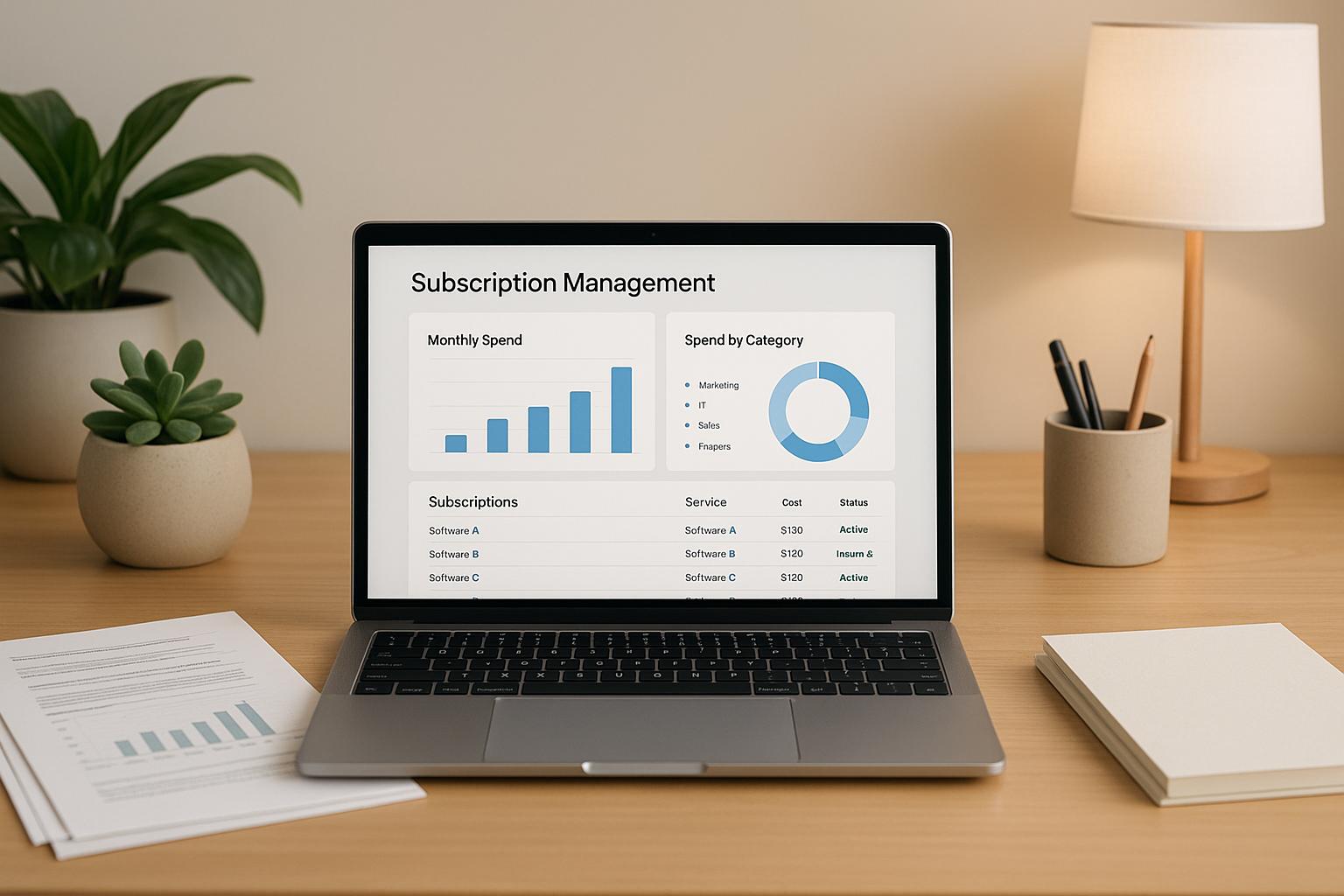How Multi-Country Bookkeeping Automation Works

Managing bookkeeping across multiple countries is challenging. Currency fluctuations, compliance with different tax laws, and inter-company transactions make it complex. Automation solves this by standardizing processes, reducing errors, and saving time.
Key Benefits of Automation:
- Currency Management: Real-time exchange rates and automatic conversions.
- Compliance: Automated tax calculations, regulatory reports, and audit trails.
- Efficiency: Recurring entries, inter-company transaction rules, and workflow automation.
Steps to Get Started:
- Choose software with currency, compliance, and integration features.
- Set up real-time currency updates and a global chart of accounts.
- Automate workflows for recurring tasks and inter-company transactions.
Automation simplifies global bookkeeping, ensuring accuracy, compliance, and efficiency. Start small by automating high-volume tasks and expand as needed.
Setting Up Your Automation System
Implementing a bookkeeping automation system for multiple countries takes careful planning. Here's a breakdown of the steps needed to set up your system effectively.
Selecting Automation Software
Choose software that offers real-time currency updates, compliance tools tailored to specific countries, and smooth integration with other systems. Look for features like:
| Feature Category | Key Requirements |
|---|---|
| Currency Management | - Real-time exchange rate updates - Multi-currency transaction processing - Automated conversion tracking |
| Compliance Tools | - Tax calculations for each country - Pre-built regulatory reporting templates - Audit trail documentation |
| Integration Capabilities | - API connections with banking systems - Compatibility with ERP systems - Integration with payroll systems |
According to Phoenix Strategy Group, it's important to assess software based on how well it supports forecasting, budgeting, and integration with other systems. This ensures the solution can grow alongside your business across different regions.
Setting Up Currency Management
For accurate financial reporting, enable automatic currency conversions and real-time updates. Here's how to get started:
- Set your base currency: Define the primary currency for consolidated financial statements.
- Connect exchange rate sources: Use reliable, real-time feeds for exchange rate updates.
- Create conversion rules: Set automated triggers for currency conversions based on specific transaction types.
Once your currency settings are in place, standardize your financial processes by building a global chart of accounts.
Building a Global Chart of Accounts
A unified chart of accounts is essential for consistent reporting across all countries. To create one:
- Combine local requirements into a single global framework.
- Use a numbering system that makes it easy to identify regional accounts.
- Incorporate local account details into the global system for accurate regional tracking and consolidated reporting.
This structure ensures compliance with local regulations while supporting consolidated reporting across regions. To optimize this setup, define clear KPIs that work for both local and global needs. Your chart of accounts should also enable weekly financial reviews and department-level tracking in every country where you operate.
Creating Automated Workflows
Once you have your global chart of accounts and currency management set up, take the next step by automating workflows across different countries to simplify operations and save time.
Inter-Company Transaction Rules
Automating inter-company transactions helps maintain accuracy and compliance across borders. A well-designed system can automatically gather financial data and create compliance reports, ensuring the financial performance of each entity is properly recorded. This process reduces errors and ensures consistency by standardizing how transactions are handled.
Setting Up Recurring Entries
Simplify recurring tasks like depreciation and service charges by automating them. This not only improves consistency but also reduces the manual workload. Set up automated approval workflows that send transactions to the right reviewers based on preset thresholds. Additionally, integrate forecasting tools to transform financial targets into actionable plans.
For expert advice on automating multi-country bookkeeping, you can consult firms like Phoenix Strategy Group (https://phoenixstrategy.group). They specialize in using advanced technology and data analytics to support strategic financial planning.
Finally, make sure your automated workflows comply with the latest regulations in every region you operate in.
sbb-itb-e766981
Meeting Compliance Requirements
Staying compliant across multiple countries is essential for accurate financial reporting. Automation helps by bringing together, organizing, and standardizing financial data, making it easier to produce reports that meet global compliance standards.
Global Financial Reports
With centralized and clean data, you can create reliable metrics that improve forecasting and budgeting accuracy. Once compliance processes are streamlined, you can shift your attention to enhancing your automation system for even better results.
If you need guidance, check out Phoenix Strategy Group. They specialize in financial and strategic advisory services, helping growth-stage companies scale and improve their financial operations.
Improving Your Automation System
Take your automation system to new regions with a clear plan that respects local regulations. Start by reviewing each country's accounting standards, tax laws, and reporting requirements. Then, follow these key steps to streamline the onboarding process:
- Documentation: Gather information on local accounting policies and compliance rules.
- Configuration: Set up country-specific details like tax rates and currency preferences.
- Testing: Run the system in parallel for 30 to 60 days to confirm everything works correctly.
These steps help ensure your system is ready to handle local requirements before rolling it out fully. For expert integration assistance, reach out to Phoenix Strategy Group to align your system with international standards.
Next Steps
To improve your multi-country bookkeeping operations, start by reviewing your current financial processes and pinpointing areas where automation can make a difference. Prioritize clear metrics and reliable data collection to guide your efforts.
Here’s a practical approach to get started:
- Audit and standardize: Review financial data from all countries, ensuring consistent formats and naming conventions.
- Set KPIs: Identify key performance indicators that align with your global operations to measure the effects of automation.
- Start small: Automate simple, high-volume tasks first to quickly boost efficiency.
If your team lacks the necessary expertise, consider bringing in outside help to speed up the automation process.
"As our fractional CFO, they accomplished more in six months than our last two full-time CFOs combined. If you're looking for unparalleled financial strategy and integration, hiring PSG is one of the best decisions you can make." - David Darmstandler, Co-CEO, DataPath
When evaluating whether to seek expert support, use these criteria:
| Assessment Area | Key Considerations |
|---|---|
| Internal Capabilities | Does your team have experience in multi-country finance and automation? |
| Operational Complexity | How many countries, currencies, and inter-company transactions are involved? |
| Resource Requirements | What time and personnel will implementation require? |
| Expected Benefits | How will this improve accuracy, efficiency, and compliance? |
Schedule weekly reviews to monitor compliance and performance, ensuring everything runs smoothly across all regions.




